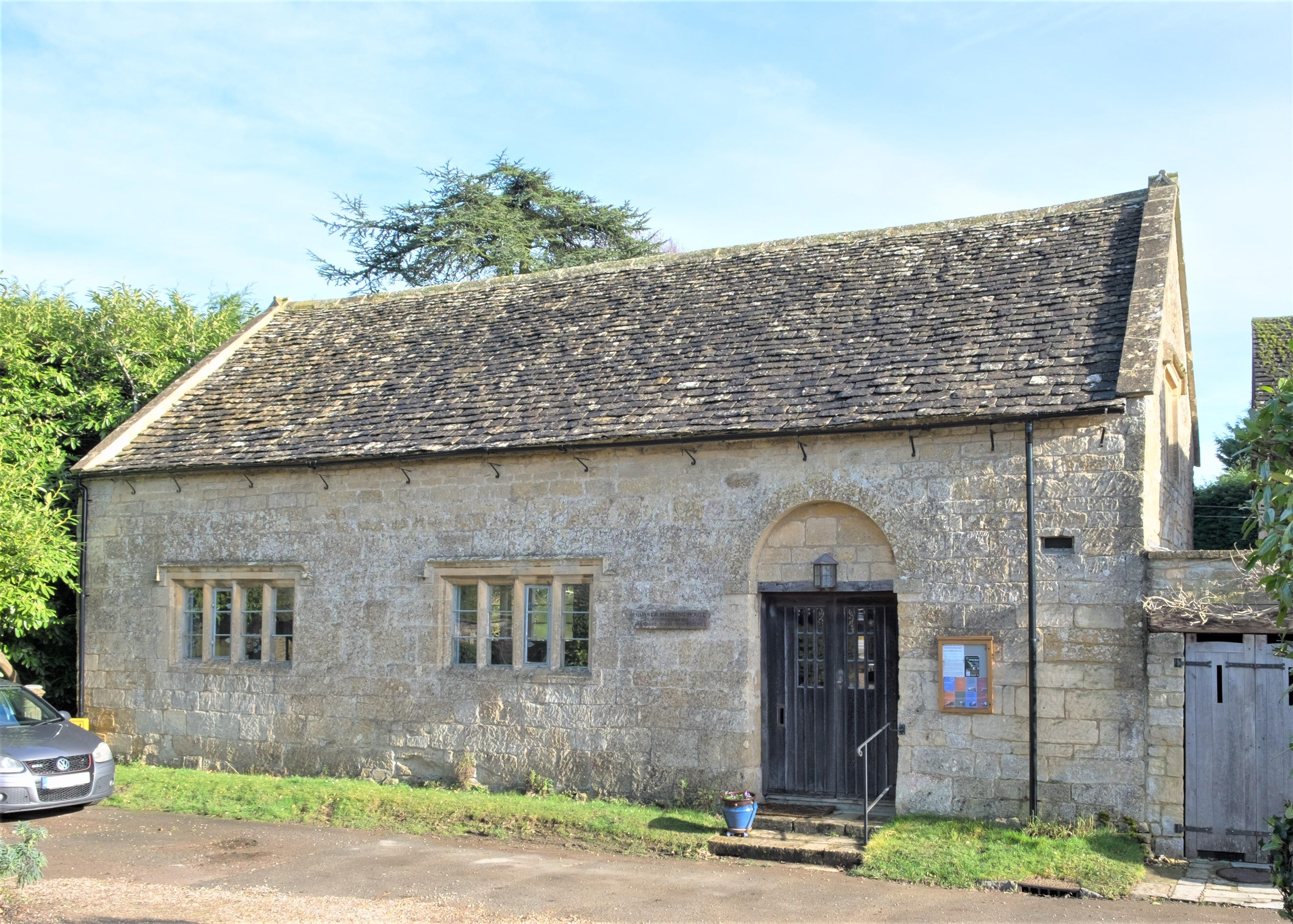St James
Chipping Campden, Gloucestershire
Chipping Campden is one of the loveliest Cotswolds towns, packed with buildings made from the famous honey coloured stone.

The Meeting House dates to 1663, making it the earliest in the country still in use.
Broad Campden, Gloucestershire
The meeting house is a former (possibly Tudor) cottage which was converted to meeting house use in 1663 and extended in 1677. Quaker use ceased in 1874 and the building was sold in 1931. It was reacquired in 1961 and fully restored.
The relatively early date of the acquisition of the building is evidence for a substantial Quaker presence in the region during the second half of the 17th century. During 1874-1961, the building was used for a range of different purposes, including as a Baptist church hall.
A simple building constructed using coursed and squared local Cotswold stone. The interior retains a historic stand and some historic panelling, although wall plaster has been removed. The village is set in rolling countryside, surrounded by fields of grazing sheep, and dissected by streams.
Chipping Campden, Gloucestershire
Chipping Campden is one of the loveliest Cotswolds towns, packed with buildings made from the famous honey coloured stone.
Blockley, Gloucestershire
Full of human interest and interwoven with the people of this place for more than a thousand years, the church has survived good times and bad, and in the process has been altered, extended, and embellished.
Willersey, Gloucestershire
This beautiful, ancient parish church in Cotswold stone is remarkable for being cruciform and serves the idyllic villages of Willersey and Saintbury.